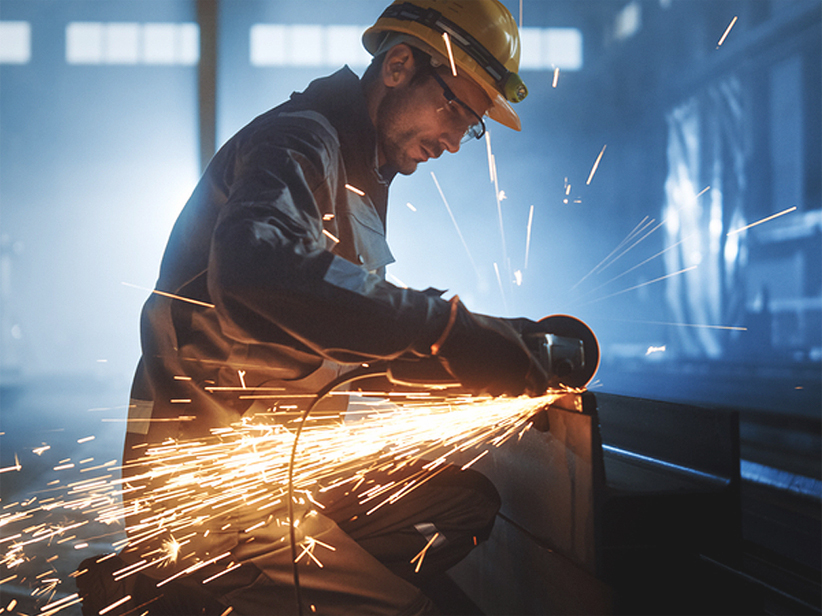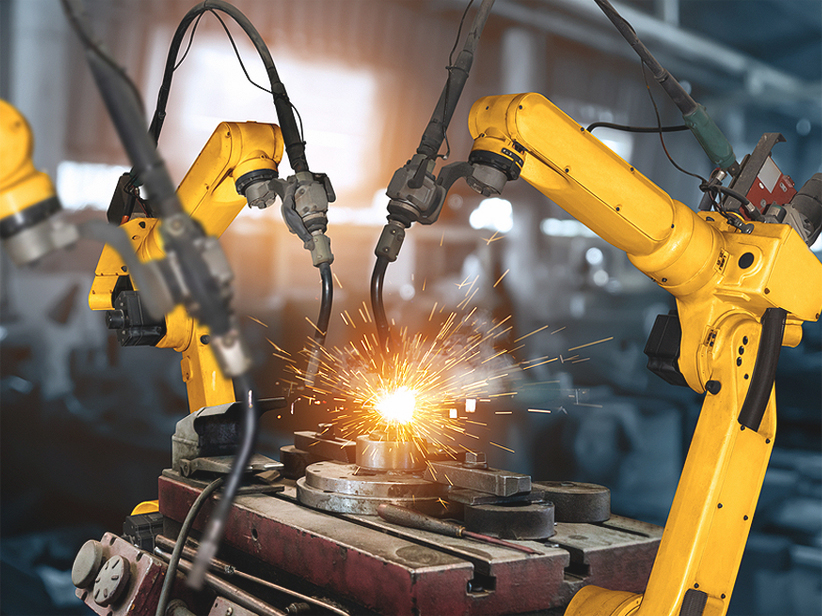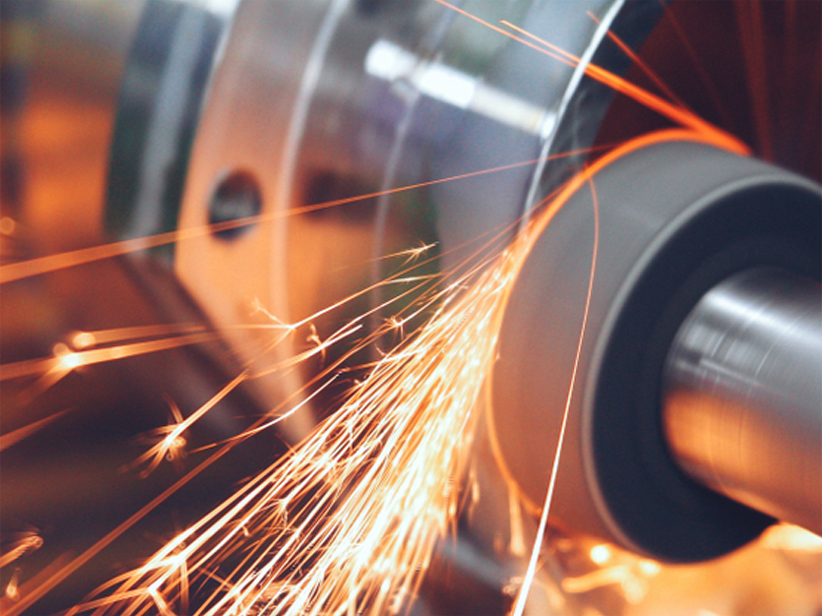Description
Stainless Steel Grade 318Si/1.4462 is an austenitic stainless steel alloy characterized by its high chromium and nickel content, with added silicon to enhance its mechanical properties and resistance to oxidation. The silicon addition improves the material's high-temperature strength and makes it suitable for applications requiring superior corrosion resistance and durability. This grade is often used in demanding environments where resistance to oxidation and high strength are critical.
Chemical Composition
Chromium (Cr): 19.0 - 21.0%
Nickel (Ni): 13.0 - 15.0%
Silicon (Si):0.8 - 1.2%
Manganese (Mn): 2.0 - 3.0%
Carbon (C): ≤ 0.08%
Phosphorus (P): ≤ 0.045%
Sulfur (S): ≤ 0.030%
Nitrogen (N): ≤ 0.10%
Mechanical Properties
Tensile Strength: 620 MPa (90 ksi) minimum
Yield Strength: 310 MPa (45 ksi) minimum
Elongation: 40% minimum
Hardness: 220 HV (Vickers Hardness)
Thermal & Physical Properties
Density: 8.0 g/cm³ (0.29 lb/in³)
Melting Point: Approximately 1400 - 1450°C (2552 - 2642°F)
Thermal Conductivity: 16.2 W/m•K (1.13 BTU•in/hr•ft²•°F) at 100°C (212°F)
Specific Heat: 500 J/kg•K (0.12 BTU/lb•°F)
Coefficient of Thermal Expansion: 16.0 x 10⁻⁶ /°C (8.9 x 10⁻⁶ /°F)
Other Designations
UNS:S31808
AFNOR: Z6CNDU17-12
DIN:1.4462
JIS: SUS318L
Fabrication and Heat Treatment
Cold Working: Excellent. Grade 318Si can be cold worked using standard techniques, including rolling, bending, and stamping.
Welding: Can be welded using conventional methods such as TIG and MIG welding. Preheating and post-weld heat treatments may be required to avoid potential issues such as cracking.
Heat Treatment: : Annealing at temperatures of 1020 - 1150°C (1870 - 2100°F) followed by rapid cooling to restore its corrosion resistance and relieve internal stresses.
Machinability: The addition of silicon can slightly affect machinability compared to other stainless steels.
Applications
Chemical Processing: Components and equipment used in chemical environments, particularly those involving high temperatures and corrosive substances.
Marine Environment: Parts and fittings exposed to seawater and other saline conditions.
Oil & Gas: Equipment and components in extraction and processing facilities, where resistance to oxidation and high strength are essential.
Pulp and Paper: Machinery and equipment that handle aggressive chemicals and high temperatures.
Power Generation: Parts used in turbines and other high-temperature applications.
Supplied Forms
Bars
Wires
Fittings
Features
High Corrosion Resistance: Provides excellent resistance to oxidation and corrosion, especially in harsh environments.
High Strength: Offers superior tensile and yield strength, suitable for demanding applications.
Enhanced Heat Resistance: Silicon content improves resistance to high temperatures, making it ideal for elevated temperature applications.
Good Weldability: Can be welded using conventional methods with appropriate preparation and post-weld treatments.
Durability: Long-lasting performance in extreme environments, reducing the need for frequent replacements.






